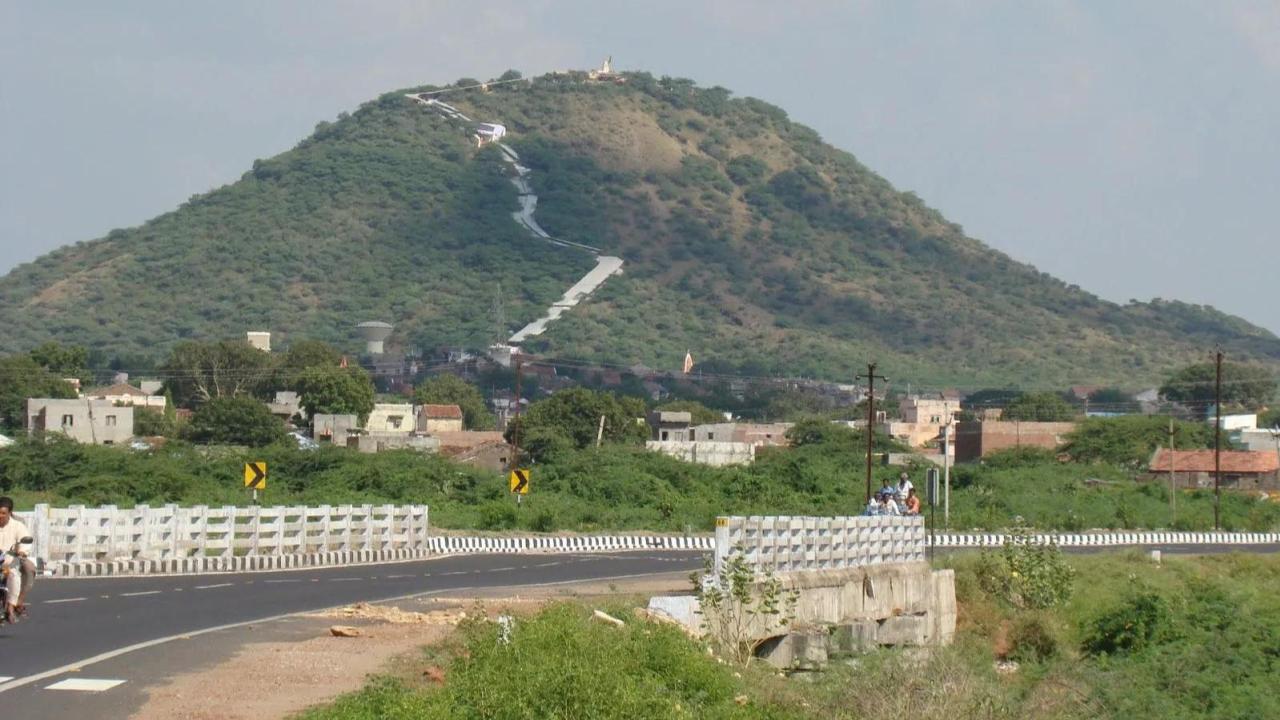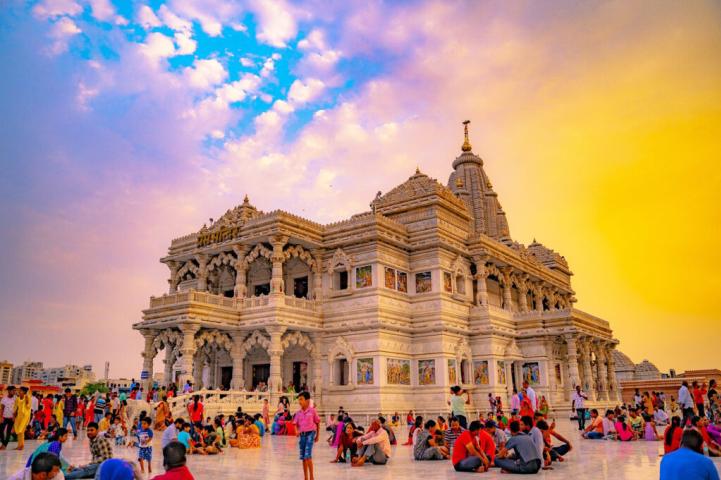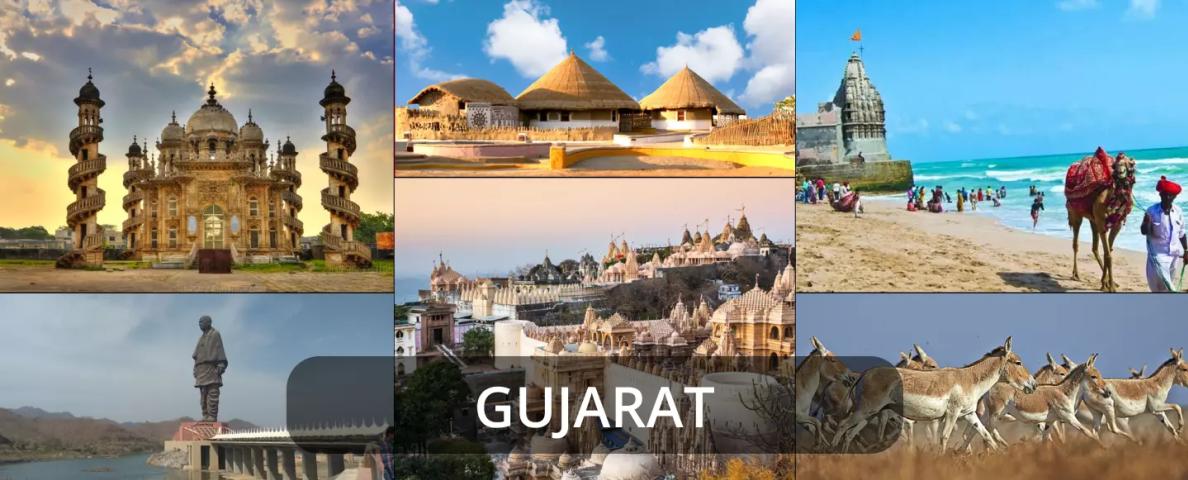Settled in the heart of Gujarat, Chotila is a small yet vibrant town renowned for its ancient temple dedicated to the goddess Chamunda. The Chotila Temple is a significant pilgrimage site that attracts visitors and devotees from all over the country, offering not only a place of worship but also breathtaking views and a rich cultural experience. Whether you are a spiritual seeker, an avid traveler, or someone looking to explore the cultural heritage of Gujarat, Chotila and its temple promise an enriching experience.
The Essence of Chotila Temple
The Chotila Temple is situated atop a hill, offering a panoramic view of the surrounding landscape. Dedicated to Goddess Chamunda, who is revered as a fierce and powerful form of Shakti (divine feminine energy), the temple holds immense significance for devotees seeking blessings, protection, and guidance. The temple’s architecture reflects traditional Hindu design, with intricately carved stone structures that speak to the skill of the artisans who built it.
According to local legends, the goddess is believed to be an incarnation of Parvati and is known to grant the wishes of her devotees. Pilgrims visit the temple to seek her blessings, particularly during auspicious festivals and rituals.
The Journey to Chotila
Reaching Chotila is relatively straightforward. The town is located about 50 kilometers from the city of Rajkot and is well-connected by road. Visitors can hire taxis, take public buses, or drive their own vehicles to enjoy the scenic journey through Gujarat’s picturesque landscapes.
The temple itself is situated on the top of Chotila Hill, which requires a climb of around 1,000 steps. While this might seem daunting, many devotees consider the ascent a part of the spiritual journey, offering a chance to meditate and reflect as they make their way to the temple. For those who may find the climb challenging, there are also options for reaching the temple via vehicle or horseback.
Best Time to Visit Chotila Temple
The best time to visit Chotila Temple is during the cooler months, typically from October to March. This period offers pleasant weather, making the climb to the temple more comfortable and enjoyable. The festive season, especially during Navratri, attracts many visitors, as special ceremonies and celebrations take place in honor of the goddess. During this time, the temple is adorned with vibrant decorations, and various cultural programs are organized, enhancing the spiritual atmosphere.
Another great time to visit is during the early morning or late evening hours. The sunrise and sunset views from the hill are nothing short of spectacular, creating a serene backdrop for prayer and reflection.
Chotila Temple Timings
The Chotila Temple timings are designed to accommodate the many devotees who visit throughout the day. Typically, the temple opens early in the morning around 5:00 AM and remains open until 9:00 PM. Here’s a breakdown of the daily schedule:
Morning Aarti (Worship): The first Aarti is performed at around 5:30 AM, marking the beginning of the day for the goddess. Devotees often arrive early to participate in the morning rituals and seek blessings.
Afternoon Timings: The temple usually has a break between 1:00 PM and 4:00 PM for rituals and rest.
Evening Aarti: The evening Aarti takes place around 7:30 PM, drawing many visitors who wish to experience the divine ambiance as the sun sets over the hills.
It’s important for visitors to check the local schedule, as timings may vary during festivals or special occasions. Additionally, weekends and holidays tend to attract larger crowds, so planning your visit during weekdays might offer a more tranquil experience.
Spiritual Experience and Offerings
The experience at Chotila Temple transcends the physical climb. As you ascend the steps, you will encounter several smaller shrines and idols, each with its unique significance. Devotees often stop to offer prayers and light incense, enhancing the spiritual atmosphere. Once at the temple, the serene ambiance, coupled with the chants and hymns, creates an immersive spiritual experience.
Visitors often bring offerings such as fruits, sweets, and flowers to present to the goddess. The temple also features a dedicated space for Havan (fire rituals), allowing devotees to participate in this traditional form of worship. The communal spirit among visitors, with shared prayers and hopes, fosters a sense of belonging and connection.
Nearby Attractions
While the Chotila Temple is the main attraction, the town and its surroundings offer additional points of interest. The area is rich in natural beauty, with hills and valleys that provide ample opportunities for hiking and exploration. Nearby, you can find other temples and shrines that showcase the region’s rich cultural heritage.
For those interested in history, a visit to Rajkot—famous for its museums and palaces—is recommended. The Kaba Gandhi No Delo, the childhood home of Mahatma Gandhi, is also a short drive away and offers insights into India’s struggle for independence.
Conclusion
A visit to the Chotila Temple is more than just a pilgrimage; it is a journey that engages the spirit, mind, and body. Whether you seek spiritual solace, wish to immerse yourself in the local culture, or simply enjoy the natural beauty of Gujarat, Chotila offers a unique and fulfilling experience. With its stunning views, rich traditions, and warm community, the temple stands as a testament to the enduring power of faith and devotion. So, plan your visit during the ideal months, prepare for the climb, and immerse yourself in the sacred atmosphere that the Chotila Temple has to offer.














